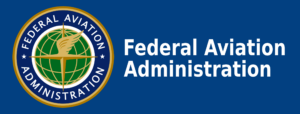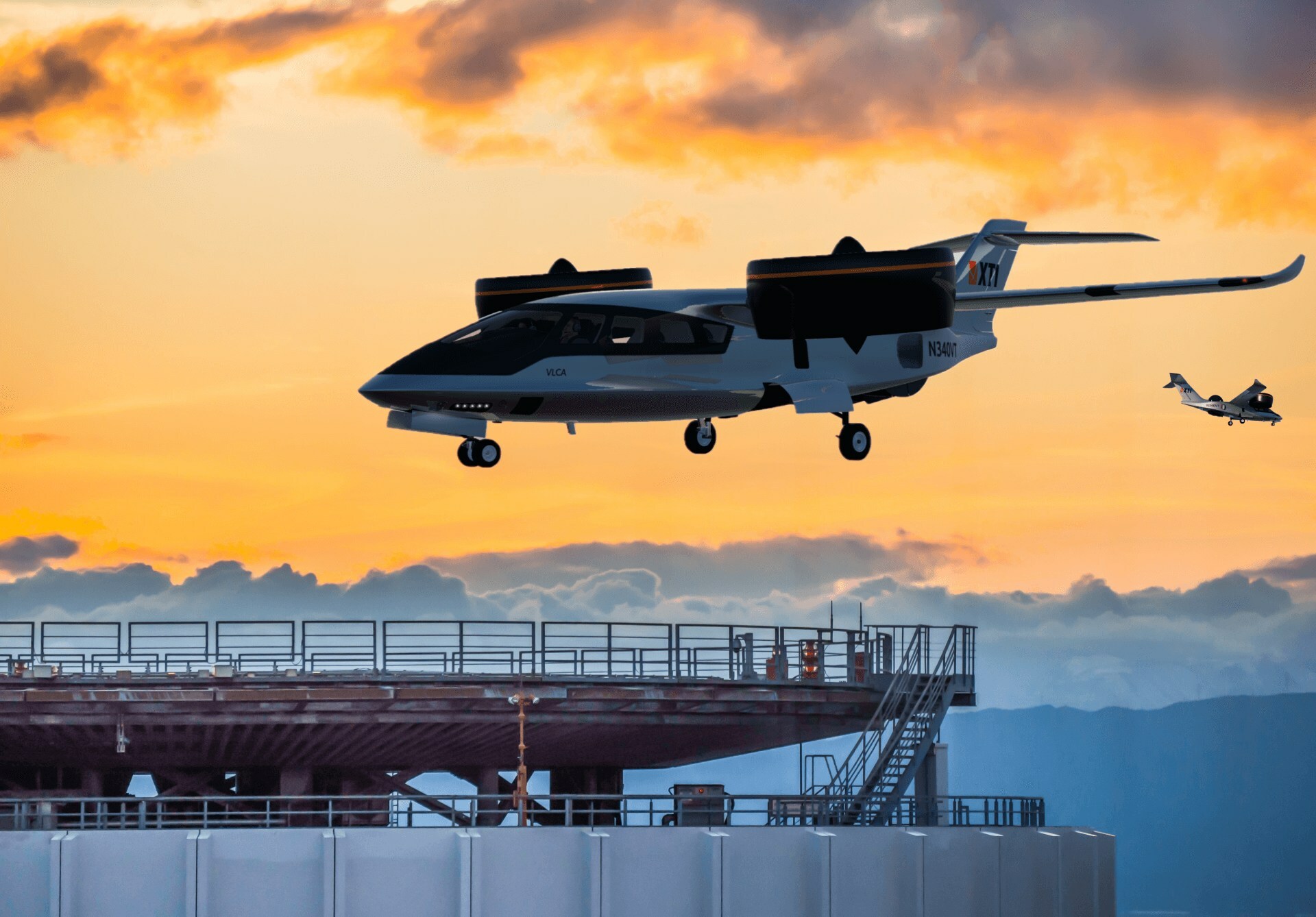The Federal Aviation Administration (FAA) has recently taken significant steps in setting regulations for powered-lift aircraft, an emerging category critical to the growth of advanced air mobility (AAM). While this regulatory move primarily supports the development of eVTOL aircraft, it also marks a broader commitment to the future of vertical lift technologies across the aviation industry. For companies like XTI Aircraft, this is a crucial and welcome development that can help shape the future of longer-range vertical takeoff aircraft such as the TriFan 600.
Shaping the Future of Vertical Lift with Proactive Regulation
 The FAA’s recent integration of powered-lift aircraft regulations, finalized under the Special Federal Aviation Regulation (SFAR), ensures that operational and pilot certification standards are now in place for a range of next-generation vertical aircraft. These regulations represent a proactive approach by the FAA, supporting short-range urban air mobility (UAM) vehicles and more advanced vertical lift technologies like the XTI TriFan 600.
The FAA’s recent integration of powered-lift aircraft regulations, finalized under the Special Federal Aviation Regulation (SFAR), ensures that operational and pilot certification standards are now in place for a range of next-generation vertical aircraft. These regulations represent a proactive approach by the FAA, supporting short-range urban air mobility (UAM) vehicles and more advanced vertical lift technologies like the XTI TriFan 600.
This progressive stance by the FAA demonstrates a clear understanding of the diverse applications of powered-lift aircraft. For XTI, which focuses on long-range, high-speed vertical takeoff and landing (VTOL) capabilities, these regulations ensure the TriFan 600’s ability to integrate into the broader aviation ecosystem safely and efficiently.
How the FAA Regulations Benefit XTI and the Industry
By establishing comprehensive training, operational standards, and a certification framework for powered-lift pilots, the FAA is laying the foundation for these aircraft to flourish. The new rules give clarity to the industry, removing uncertainties surrounding pilot qualifications and operational standards, which were critical barriers for manufacturers and operators alike.
At XTI, the TriFan 600, a unique, high-speed, long-range VTOL—an xVTOL—stands apart from the typical short-range eVTOLs currently grabbing headlines. However, this new regulatory environment is equally vital to developing and operating advanced aircraft like the TriFan. The TriFan 600’s ability to transition between vertical and conventional flight modes opens up a world of possibilities for point-to-point travel far beyond the scope of urban air mobility.
XTI TriFan 600: Ready to Soar
With its six-passenger capacity, turbine propulsion system, and over 700 miles of range, the TriFan 600 is designed for business executives, cargo, and emergency medical transport. The FAA’s commitment to powered-lift regulation ensures that the necessary pilot training and operational frameworks are in place for aircraft like the TriFan 600 to serve a wide range of industries—offering greater speed, range, and versatility than traditional helicopters.
Building for Tomorrow: Regulatory Clarity as a Catalyst
The clarity provided by the FAA is a catalyst for innovation and commercialization. As the FAA collects operational data from powered-lift aircraft over the next decade, it plans to refine these rules further, ensuring safety remains a priority while allowing room for technological advancements. For XTI, this means the potential for the TriFan 600 to not only meet but also exceed the safety and performance standards set by regulators, making it a frontrunner in long-range VTOL operations.
Looking Ahead
The FAA’s leadership in establishing these regulations ahead of schedule highlights its dedication to fostering innovation while maintaining the highest safety standards. As powered-lift aircraft enter the commercial market, the TriFan 600 is poised to take full advantage of these regulatory advancements, bringing unparalleled versatility and range to vertical lift travel.
XTI Aerospace is excited to be part of this new frontier in aviation as we continue to push the boundaries of what’s possible in vertical takeoff and long-range flight.
Author: John Ramstead, CPLC, ACC.

